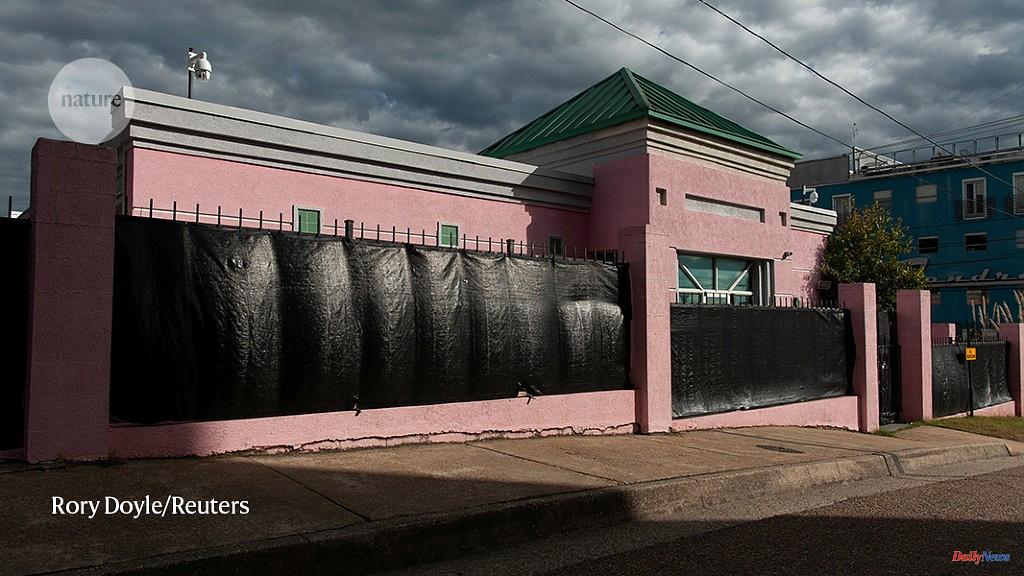Already, the consequences of Roe v. Wade's landmark 1973 US Supreme Court decision, which overturned Roe v. Wade on 24 June, are being felt. The court has placed abortion rights in the control of the US state legislatures by striking down Roe. They have already responded.
Nine states currently have strict restrictions or ban abortion, with the possibility of a further 26. This is an unacceptable and shocking violation of human rights. American Medical Association, which represents doctors, describes it as a "brazen violation of patients’ rights to evidence-based reproduction health services".
According to the Association of American Medical Colleges, which represents the medical-education community and advocates for women, the decision will eventually put more lives at risk. Legal abortion has a lower death rate than childbirth and pregnancy, which is partly why this decision was made. The United States had a maternal death rate of 24 per 100,000 live births for 2020, compared to just 3.3 deaths per 100,000 births in the European Union that same year. The number of maternal deaths in America due to abortion is only a fraction of that -- there were less than 0.5 abortion deaths per 100,000 live births between 2013-2018.
It was not surprising that the court ruled to overturn Roe. A draft of Roe was leaked to Politico almost two months ago. The university faculties of medicine, public health, and clinicians' and researcher's organizations have a serious responsibility to mitigate the devastating impact this will have on research and health. They must do many things.
They must first offer support to students, researchers, and other staff members affected by the decision. Institutions have a duty to care for them. More than half (57%) of all those who had an unplanned pregnancy in 2019 were women in their twenties. This age group is common in university communities. Campus reproductive health-care advisory service services must have strategies to protect students and staff from harm while adhering to the law.
Second, universities need to take steps to ensure that reproductive health researchers, particularly those who are involved in studying abortion, continue their work. As a result of Supreme Court's verdict their work will be more scrutinized by lawmakers and campaigners against abortion, but it is vital that they continue to do research and scholarship.
Third, it is important to continue medical education and training in the area of abortion. The AAMC correctly states that doctors must have "comprehensive training in all aspects of reproductive health care". The statement states that the association will "evaluate" the court's decision as well as its implications for medical education. To ensure that doctors can safely assist those seeking abortions, institutions must not reduce research or training on abortions.
Fourth, scientists must advocate an abortion policy that is based on expert consensus and evidence. Before the Supreme Court's ruling, 50 years worth of evidence was submitted by researchers. This included evidence that abortion access contributes to equality and better health-care outcomes. These findings were ignored by the court, but scientists should continue to advocate for evidence-based policies whenever possible.
Researchers can advocate for policies to reduce the increase in maternal mortality that is expected to result from Roe's death, as well as policies that will ease the burdens placed on new parents. Last month, researchers found that cash transfers (universal children benefit) to Spanish mothers improved the health of their children. Research has shown that people who are denied abortions often have financial difficulties and are forced into poverty, which makes it difficult to provide for their children.
The United States' research, education, and training communities can and should mitigate the effects of the Supreme Court decision. It is impossible to reverse the verdict, but it is important that every opportunity be taken to minimize its worst effects.












